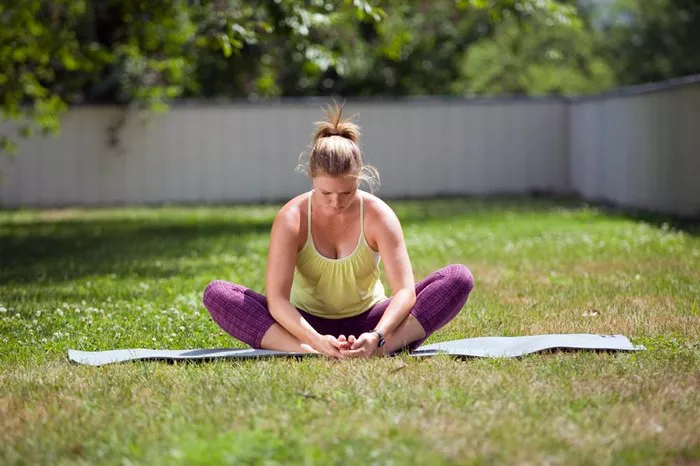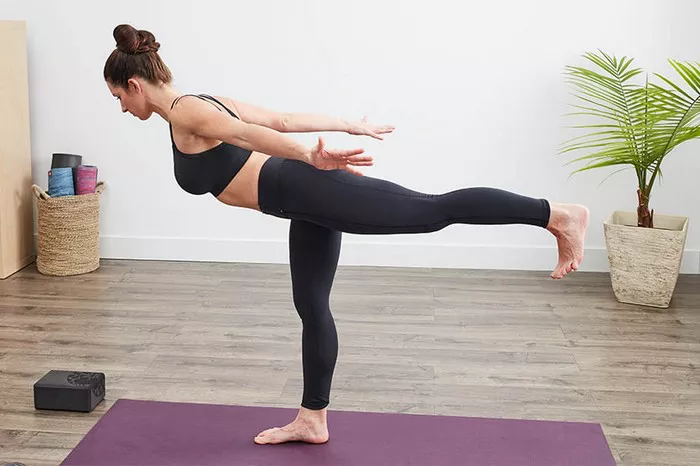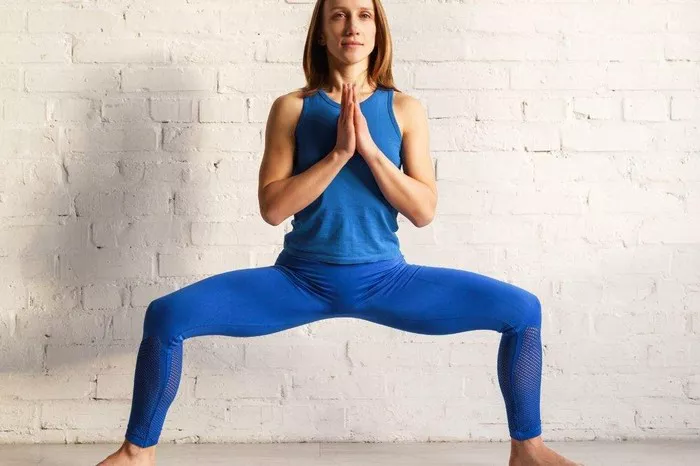Aqua yoga is a unique form of yoga that combines traditional yoga poses and principles with the therapeutic benefits of water. It is practiced in a pool, typically with water that reaches waist-high or chest-deep, providing a supportive environment that offers resistance, buoyancy, and a cooling effect. This type of yoga has gained popularity in recent years due to its ability to offer a low-impact alternative for people of all ages and abilities. Aqua yoga is especially beneficial for individuals dealing with joint pain, mobility issues, or those looking for a gentle introduction to yoga.
In this article, we will delve into the concept of aqua yoga, exploring its history, benefits, key principles, poses, and how it differs from traditional yoga practices.
The Origins of Aqua Yoga
Aqua yoga is a relatively modern adaptation of traditional yoga, developed to harness the healing and strengthening effects of water while maintaining the core principles of yoga practice. Yoga, an ancient discipline that originated in India thousands of years ago, has always focused on the integration of body, mind, and spirit through physical postures (asanas), breathing techniques (pranayama), and meditation.
Water, on the other hand, has long been recognized for its healing properties. Various cultures have utilized water for therapeutic purposes, and hydrotherapy has been an essential part of wellness practices. Aqua yoga brings these two powerful elements together, making yoga accessible to a broader range of people, particularly those who may find traditional land-based yoga challenging.
Although the specific origins of aqua yoga are unclear, its modern form emerged in the late 20th and early 21st centuries as more people sought a gentler way to practice yoga and improve physical fitness without straining their bodies. Its low-impact nature has made it especially popular in rehabilitation settings, such as physical therapy and injury recovery, as well as among senior citizens and individuals with chronic pain.
What Makes Aqua Yoga Unique?
Aqua yoga differs from traditional yoga in several key ways, primarily due to the environment in which it is practiced—the water. Water’s buoyancy, resistance, and cooling effects contribute to the distinct benefits of aqua yoga.
Buoyancy and Support: Water’s buoyant force helps support the body’s weight, reducing the load on joints, muscles, and bones. This is particularly beneficial for individuals who suffer from joint pain or arthritis, as it minimizes the risk of strain and injury. The buoyancy allows practitioners to hold poses longer and with more ease, as they are not fighting gravity as much as they would on land.
Resistance: Water provides natural resistance that helps build strength and improve flexibility. Every movement performed in the water requires more effort, as water is denser than air. This resistance helps tone muscles and enhance overall physical fitness. Unlike traditional yoga, where the resistance is primarily limited to body weight, aqua yoga utilizes the natural resistance of water to increase the intensity of the practice.
Cooling Effect: The coolness of the water provides a refreshing sensation that helps regulate body temperature, especially during more intense movements. This cooling effect can prevent overheating and help maintain comfort during longer sessions. It also allows practitioners to focus on their breath and alignment without the distraction of excessive sweating.
Reduced Impact on Joints: For those with joint issues, aqua yoga offers a safer way to practice yoga. The support of water allows individuals with arthritis, knee problems, or back pain to perform poses without the harsh impact on joints that would typically occur on solid ground. The ability to move freely in the water while still engaging in yoga poses can help improve joint mobility and reduce pain.
Enhanced Mindfulness and Relaxation: The serene and soothing nature of water often enhances the meditative aspect of yoga. The sound of the water, the sensation of weightlessness, and the rhythmic movement of the body can create a deeply relaxing environment. Practicing yoga in this environment promotes mindfulness and helps reduce stress.
The Benefits of Aqua Yoga
Aqua yoga offers a wide array of physical, mental, and emotional benefits. Let’s take a closer look at the key advantages of incorporating water into your yoga practice:
Improved Flexibility: The resistance of water allows for a deeper stretch, helping to increase flexibility without the risk of overstretching. The buoyancy of the water also reduces the effort needed to hold poses, allowing practitioners to lengthen muscles gradually and safely.
Enhanced Strength: Water’s natural resistance creates an effective strength-building environment. As practitioners move through poses, they engage and tone muscles in a way that is less strenuous on the body than traditional land-based exercises. Aqua yoga helps build muscle strength, particularly in the core, arms, and legs.
Increased Balance and Stability: Performing yoga poses in the water challenges the body’s balance in a unique way. Water provides constant feedback, requiring the practitioner to engage stabilizing muscles. This can improve overall coordination and posture, contributing to better balance and stability both in and out of the water.
Better Circulation: The water’s pressure on the body promotes blood flow and improves circulation. This can lead to a reduction in swelling, especially for individuals who suffer from conditions like edema or poor circulation. Aqua yoga can also help with detoxification by encouraging lymphatic drainage and improving circulation to the extremities.
Pain Relief and Rehabilitation: Aqua yoga is often used as a form of rehabilitation for individuals recovering from injuries or surgery. The water’s buoyancy reduces stress on injured areas, allowing individuals to move gently while improving strength and mobility. Additionally, the warm water can help relax muscles, reduce inflammation, and relieve chronic pain associated with conditions such as arthritis, fibromyalgia, or lower back pain.
Stress Reduction and Mental Clarity: Like traditional yoga, aqua yoga emphasizes the importance of breath control and mindfulness. The meditative state achieved through deep breathing, combined with the soothing environment of water, can help reduce stress levels, alleviate anxiety, and promote a sense of calm. Practitioners often report improved mental clarity and emotional well-being after an aqua yoga session.
Improved Posture: Aqua yoga promotes better posture by strengthening the muscles that support the spine, such as the core, back, and shoulders. The focus on alignment during poses, along with the feedback from the water, helps correct postural imbalances and supports spinal health.
Increased Range of Motion: The freedom of movement in water allows individuals to move through a greater range of motion than on land, which is particularly beneficial for people with stiff joints or limited mobility. The buoyancy reduces the risk of injury, allowing practitioners to work on increasing flexibility and mobility safely.
Key Poses in Aqua Yoga
Aqua yoga incorporates many traditional yoga poses, modified for the water environment. The water allows for variations and deeper engagement with the poses. Some common poses include:
Tadasana (Mountain Pose): Standing tall in the water with feet hip-width apart, the buoyancy helps the practitioner feel grounded and balanced. Tadasana is a basic but powerful pose that can improve posture and stability.
Adho Mukha Svanasana (Downward-Facing Dog): Practicing Downward-Facing Dog in the water is less strenuous on the wrists and shoulders. The resistance of the water enhances muscle engagement, providing a deeper stretch in the hamstrings, calves, and back.
Warrior Poses (Virabhadrasana): In the water, Warrior I, II, and III poses can be performed with more support, allowing for better alignment and stability. The water’s resistance also helps strengthen the legs and core muscles while providing a relaxing effect.
Child’s Pose (Balasana): A gentle resting pose, Child’s Pose in the water allows for full support and relaxation, providing an excellent way to release tension in the back, shoulders, and neck.
Tree Pose (Vrksasana): Water’s support makes Tree Pose more accessible, as practitioners can focus on balance and alignment without worrying about falling. The water encourages deeper engagement of the stabilizing muscles.
Floating Savasana: One of the most unique aspects of aqua yoga is the ability to practice a floating version of Savasana (Corpse Pose). In a shallow part of the pool, practitioners lie on their backs with the support of the water, allowing them to fully relax without the discomfort that can sometimes arise from lying on a hard surface.
Who Can Practice Aqua Yoga?
One of the greatest aspects of aqua yoga is its accessibility to people of all ages and fitness levels. Some of the groups who can benefit most from aqua yoga include:
Seniors: Aqua yoga provides a low-impact workout that is ideal for older adults looking to improve flexibility, strength, and balance without the risk of injury. It also helps to relieve joint pain and improve circulation.
Pregnant Women: The gentle support of water helps reduce the pressure on the body, making it easier for pregnant women to practice yoga comfortably. Aqua yoga can help alleviate back pain, reduce swelling, and promote relaxation.
Individuals with Disabilities or Injuries: People recovering from injuries or dealing with chronic conditions such as arthritis, fibromyalgia, or back pain often find that aqua yoga helps them move more freely, strengthen muscles, and alleviate pain.
Beginners: Aqua yoga is an excellent introduction to yoga for beginners, as the water provides additional support and allows for easier adjustments to poses. It is also a great option for those who may feel intimidated by traditional yoga classes on land.
Athletes: For athletes seeking cross-training or rehabilitation, aqua yoga offers a safe and effective way to improve flexibility, strength, and recovery.
Conclusion
Aqua yoga is an innovative and therapeutic form of yoga that combines the principles of traditional yoga with the healing benefits of water. Whether you are new to yoga, recovering from an injury, or simply seeking a gentler way to improve strength and flexibility, aqua yoga offers a safe, effective, and enjoyable way to practice. With its low-impact nature, resistance training, and support for mind-body connection, aqua yoga is quickly becoming a popular choice for individuals seeking a more accessible and holistic approach to wellness. The gentle yet powerful effects of water make aqua yoga a truly transformative experience for both body and mind.
Related Topics:

















